Earth and Beyond
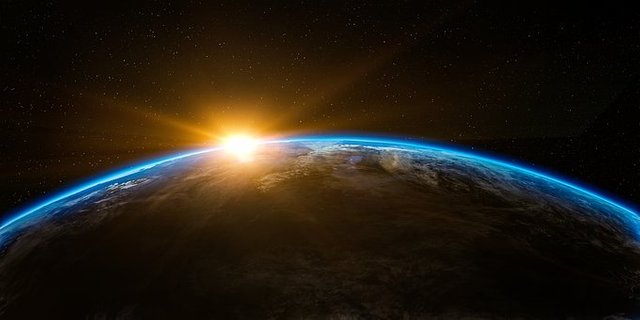
THE EARTH
Earthis the only planet in the Solar Systemthat is known to harbor life. Our planets core which is made up of molten nickel gives rise to an extensive magnetic field which protects us from harmful radiation coming from the Sun and other stars. Our planet is the third planet from the sun and is 150 million kilometres which is approximately 93.2 million miles away from the sun.
EARTH AS A SYSTEM
The Earth is a complex system made up of four spheres that interact with each other:
1. Biosphere
o Consists of all living organisms
o Living organisms need gases from the atmosphere, water from the hydrosphere and nutrients from the lithosphere to survive.
2. Atmosphere
o Layer of air around the Earth
o Air is a mixture of gases: approximately 78% is nitrogen, 21% is oxygen and the rest of the air consists of carbon dioxide and other gases.
o The atmosphere is held around the earth by the force of gravity
3. Lithosphere
o Consists of Solid Rock and soil
o Covers the entire planet
o Forms the solid part that makes up the Land of the continents and the land below the oceans and seas
o All minerals and metals that are mined are part of the lithosphere
4. Hydrosphere
o Consists of all the water in the Earth in all it’s different forms (solid, liquid, gas) – includes the water in the oceans, rivers, lakes and even the moisture in the air
o About 97% of the Earth’s water is salt water and is found in the oceans and seas
o The remaining 3% is freshwater
o Approximately 90% of the freshwater is frozen in the form of ice in the polar regions
o Most water needed for human consumption is obtained from rain.
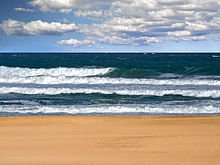
A BEACH CONTAINS 3 SPHERES 1. LITHOSPHERE(GROUND) 2. HYDROSPHERE(WATER) 3.ATMOSPHERE(AIR)
STRUCTURE OF THE EARTH
The earth consists of four concentric layers called the crust, mantle, outer core and inner core.
1. Crust
• The crust is the outermost layer on which we live
• Made up of loose material, such as Rocks, soil and seabed.
• The crust is approximately 8 km deep beneath the oceans and about 50 km thick below the continents
2. Mantle
• The mantle is located below the crust
• It is approximately 3000 km deep into the Earth
• Makes up about 85% of the total mass of the Earth. The mantle also has layers:
o The first 80 km is hard rock
o The next 240 km is superheated molten rock (magma)
o Underneath this heated layer is several hundred kilometers of solid rock.
3. Inner Core
• Approximately 1200 km thick
• It is most likely a solid ball of iron and other minerals
• It's temperature can vary from approximately 5000 degrees Celsius to 7000 degrees Celsius.( surface temperature of the Sun is 6000 degrees Celsius)
• Very high pressure prevents melting of the rock
4. Outer Core
• Approximately 2300 km thick
• Consist of super heated molten lava of liquid iron and nickel
• The outer core creates the earth’s magnetic field
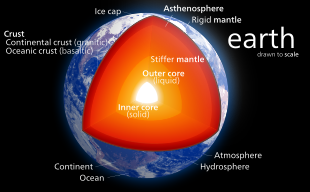
THE STRUCTURE OF THE EARTH
The lithosphere includes the soil and Rocks of the crust and the upper solid part of the mantle. It is made up of material from both the continents and the oceans. The lithosphere is important to humans as this is the part of the earth that supports us and provides a wealth of materials to use. Different combinations of elements and compounds from minerals which contain metals such as copper, gold and iron, amongst others the lithosphere is broken up into tectonic plates which allow places on Earth to move.
TYPES OF ROCKS IN THE LITHOSPHERE
The temperature in the mantle is extremely high and is hot enough to melt Rocks. When the Rocks melt they form molten (thick liquid) rock called magma. When the magma cools it forms Igneous Rock. Examples of Igneous Rocks are basalt and granite. The word Igneous comes from the latin word ignis which means fire.
Rivers and wind can transport tiny fragments of rock called sediments. When sediments are deposited into shallow lakes or oceans, they form layers.
Over millions of years the layers of sediments harden and form sedimentary rock. Chalk, limestone, sandstone and shale are examples of sedimentary rock. Sedimentary rocks may contain fossils of animals and plants that had been trapped in the sediments as the rock was formed.
Rocks which are exposed to extreme pressures of moving tectonic plates, or extreme temperature of magma, can undergo chemical changes which changes their mineral structure. Marble and Slate are some examples of Metamorphic Rocks
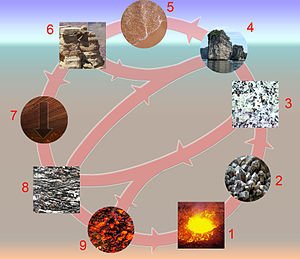
A DIAGRAM SHOWING THE ROCK CYCLE
The Rock Cycle is the natural continuous process in which rocks form, a broken down and reform over long periods of time. The Rock's are continuously redistributed and recycled. The set of processes by which new rocks are formed from old rock material is called The Rock Cycle and has been occurring continuously throughout the history of Earth.
BIRTH, LIFE AND DEATH OF STARS
WHAT IS A STAR?
A star is a huge sphere of very hot glowing gas. Stars produce their own light and energy by process called nuclear fusion, during which hydrogen atoms are fused to form helium atoms. Uniform stores are hot and the light is blue. Stars have a finite lifespan. Our sun is an average sized middle-aged yellowish star, with a surface temperature of 6000 degrees Celsius and it’s core temperature of millions of degrees. The sun is one million three hundred thousand times bigger than Earth. Oldest stars are reddish in colour.BIRTH OF A STAR
Stars are formed inside huge clouds of gas and dust called nebulae, far out in space. Nebulae are pulled together by gravity and slowly collapse. As a nebula contracts it heats up, and once the temperature is high enough, a nuclear reaction begins that changes hydrogen to helium. This reaction radiates large amounts of energy into space.LIFE OF A STAR
Stars change in their appearance over billions of years. Stars that look blue a hotter and usually younger than stars that appear red. Our sun is approximately halfway through it’s life cycle. It is a medium-sized yellow star with a lifespan of approximately 9 billion years. For most of its life is start changes hydrogen to helium. Later, towards the end of its life, a star like the sun will swell up to form a “red giant”, engulfing the planets close to it and die
DEATH OF A STAR
At some point the nuclear fusion reaction runs out of fuel. The centre of a star contracts to become a “white dwarf”. The outer gases of the star are ejected into space, where they form an expanding cloud around the white dwarf called a planetary nebula. Pleasure is Nebula is lit up by the central white dwarf star and is a beautiful object to observe.
THE END
REFERENCES
1.https://pixabay.com/en/sunrise-space-outer-globe-world-1756274/
2.https://en.wikipedia.org/wiki/Biosphere
3.https://en.wikipedia.org/wiki/Structure_of_the_Earth
4.https://en.wikipedia.org/wiki/Igneous_rock
5.https://en.wikipedia.org/wiki/Sedimentary_rock
6.https://en.wikipedia.org/wiki/Metamorphic_rock
7.https://en.wikipedia.org/wiki/Rock_cycle
8.https://en.wikipedia.org/wiki/Star
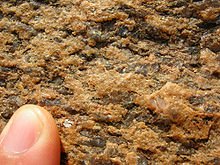
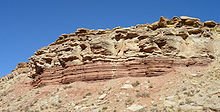
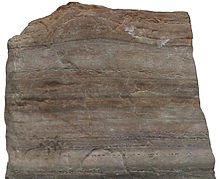
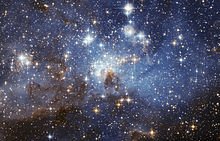
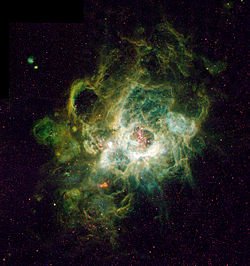

Congratulations @suravsingh! You have completed some achievement on Steemit and have been rewarded with new badge(s) :
Click on any badge to view your own Board of Honor on SteemitBoard.
For more information about SteemitBoard, click here
If you no longer want to receive notifications, reply to this comment with the word
STOP